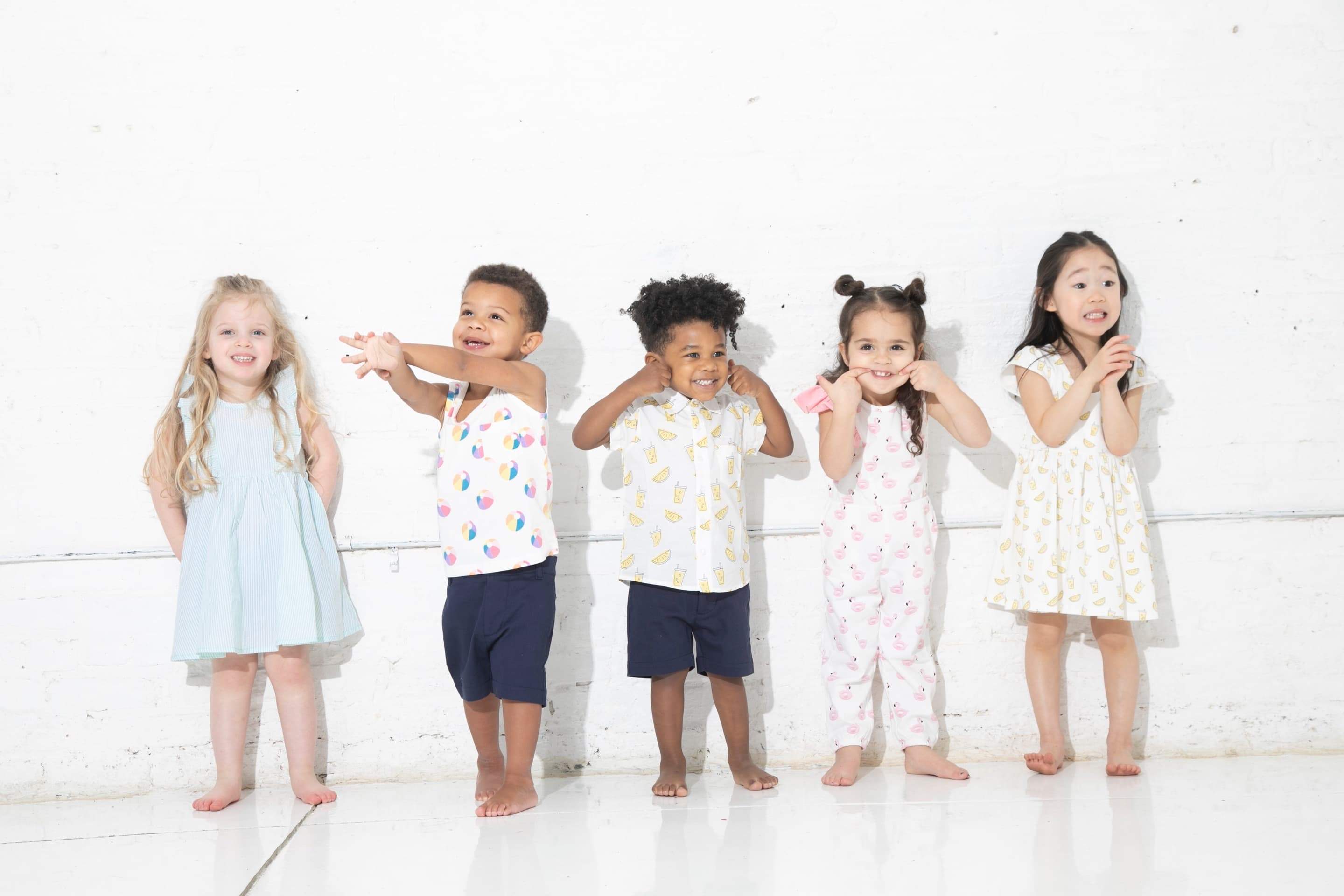How Do Babies Learn to Talk? (And What Can You Do to Help?)

It’s reason number 999 babies are as fascinating as they are cute: your little starts to absorb language while he’s still swimming around in the womb. And then every interaction from day one is a chance for baby to build their speech (not that you need to start flashcard drills with your newborn– your warm and happy coos work wonders in the early days.) “Your baby might not understand the semantic meaning of what you’re saying, but he or she can feel the loving meanings of your voice tones,” says Alice Sterling Honig, Ph.D., author of Talking with Your Baby: Family as the First School and a child development psychologist at Syracuse University. Curious how baby actually develops the ability to speak—and what you can do to build up her word bank? Read on.
How Does Language Develop?
Your baby’s first form of communication happens within a few seconds of taking her first breath—that newborn cry. As the weeks go on, she learns to coo and gurgle, and by around three months, most babies are making throaty vowel sounds, says Honig. Combos of consonant and vowel sounds (like a-ga) follow, and then strings of consonants. “By nine months many babies are making baba, dada, mama sounds,” says Honig. So when can you expect to hear baby’s first real word? Around one-year-old is a popular time, and then language tends to take off in years two and three.
How Can You Help Your Baby Learn to Talk?
Odds are you’re a pro language teacher without even knowing it—here’s proof you deserve a pat on the back.
Speak in ‘parentese' This is a term for what usually happens naturally when we coo at a baby—parentese means talking to baby slowly with exaggerated tones, pitches, and vowels. “Parentese is so important—it sends cascades of electrical and chemical signals from baby’s brain all the way down his body,” says Honig. A number of studies show this kind of infant-directed speech can boost baby’s language development—so never feel bad about going all in on the bayyy-beee talkkkk.
Read and sing together It may seem like your little only wants to chew on those cardboard books, but he’s listening: Researchers from New York University found that shared book-reading in early infancy predicted early reading skills and a child’s vocab up to four years later. And don’t forget to break out the lullabies and rhymes (even if you’re tone-deaf)—your sing-songy voice is music to baby’s ears and helps bond the two of you, which is essential for language acquisition.
Narrate and Name Things Describing your actions (and baby’s) throughout the day is one of the easiest and most effective ways to keep that one-sided conversation rolling. “We’re about to change your diaper and then we’re going to make lunch. Should I have salad or a sandwich?” Be sure to name the things your baby sees or shows an interest in: “Those are my keys—can you say keys?” and always give her a chance to respond—a gurgle or coo counts.
Skip the Screen Time TV programs—even the uber educational kind—are no match for the sound of a real live voice when it comes to learning language. (In fact, some studies show they can delay language development if they replace face-to-face interaction time.) A little bit of screen time won’t keep your little from graduating kindergarten (hey—we all need a minute to breathe), but ‘chatting’ together is still your best bet for boosting communication.















